032216_YKBP_A8.pdf








8 Broadcaster Press
March 22, 2016 www.broadcasteronline.com
Geographer Describes Understanding Our Food and Those Who Produce It
How Plants Help Track
By Rep. Kristi Noem
Director of National Intelligence under
blessed this year so far with good
President George W. Bush, explained
weather for calving. But I remember
Earlier this month, people around
Climate Change
that the need for more food “could
many years when we were calving
the country celebrated National Agriaffect political stability” and could
in sub-zero weather. We’d stay up
BROOKINGS – The start
of the growing season across
the continental United States
comes, on average, about a
week earlier than it did more
than 50 years ago. However,
that varies based on location,
according to distinguished
professor of geography Mark
D. Schwartz of the University
of Wisconsin-Milwaukee. He
integrates plant data with
air temperature records and
satellite imagery to model
how climate change is affecting the onset of spring and
autumn.
Schwartz will describe
his work Tuesday at 6 p.m.
in the McCrory Gardens
Education and Visitor Center
in a lecture titled “Plants
know what day it is: The
science of phenology in a
changing climate.” The event,
which is free and open to the
public, is sponsored by the
Geospatial Sciences Center
of Excellence and the SDSU
Department of Geography.
Phenology, a word coined
in the mid-1800s, means the
study of things that show or
appear, Schwartz explained.
More specifically, phenology
refers to how weather and
climate play a role in the
natural life cycle of plants
and animals.
Schwartz is co-founder
of the USA National Phenology Network, which engages
citizens in reporting the
seasonal timing of the plant
phenology, such as the first
leaf and first bloom, and animal phenology, such as bird
return and insect hatches.
He uses gridded temperature
data to drive a model that
shows the near-real-time
progression of the onset of
spring across the United
States on the phenology
website at www.usanpn.org/
data/spring.
“Plants on the ground can
tell us more and give insight
into questions that satellites
can’t,” Schwartz pointed out.
Satellites see what is happening very generally, but the
changes that occur in plants
allow scientists to include
more detailed information.
He illustrated this describing two types of trees—basswood and white ash—found
in a woodlot near the Milwaukee campus. “Their phenology is quite different because
one appears to change more
in relationship to light and
the other is more responsive
to temperature,” he said.
However, Schwartz noted,
“The satellite can’t tell the
two species apart due to
their proximity; it creates a
synthetic combination that
doesn’t really exist.”
Though information on
plants is helpful, he said,
“phenological data often isn’t
consistent enough in space
and duration in most cases to
give us the long-term records
that we need.” Consequently,
he has combined individual
site records with air temperature data to develop models
that look at changes on
continental, hemispheric and
global levels.
“The start of spring is not
getting earlier at the same
rate everywhere,” Schwartz
noted. To some degree, these
changes are all being affected
by warming from an increase
in greenhouse gases due to
human activity. However,
other factors, such as El
Ni?o and the North Atlantic
oscillation, affect the internal
variability within the weather
system. His research seeks
to disentangle these facets of
climate change.
culture Day. In South Dakota, our lives
and livelihoods are deeply tied to agriculture – whether we live in town or on
a farm. But in so many other areas of
this country, people are fundamentally
disconnected from the way their food is
produced.
For most families, food is one of the
top expenditures each month – often
times, only falling behind housing and
transportation costs. Still, a 2011 study
by the U.S. Farmers and Ranchers
Alliance found 72 percent of consumers knew nothing or very little about
farming or ranching. While not everyone farms, everyone does eat, so it’s
important that more people understand
where their food comes from.
Creating this understanding will
be critical – especially as more and
more pressure is put on farmers and
ranchers to produce the food needed
to support a growing global population.
This is a national security necessity as
much as it is a humanitarian mission.
During a congressional hearing late last
year, John Negroponte, who served
as U.S. Ambassador to Iraq and then
“fuel further instability in the Middle
East.” He went on to observe that “the
world must increase food production
by 50 to 60 percent to satisfy expected
global population growth and changing
consumption patterns by 2050.”
These realities make it all the more
important to invest in our agriculture
community.
Many reading this column likely
know I have spent my life farming
and ranching in South Dakota. As our
state’s only member in the U.S. House
of Representatives, I try to share what
it is like to live in our shoes, because
it’s essential that folks have a better
understanding of the risk that comes
with agriculture and the significance
of a stable food supply. They should
know the kind of capital farmers bury
in the ground each spring, hoping to
get the crop and prices needed to keep
their operation going. They ought to
see the hard work, long hours, and
extreme risk that come with running
a ranch – especially now that calving
season is upon us.
South Dakota ranchers have been
all night, so we could be there to get
the calf somewhere warm enough to
survive. And no matter how attentive
you were, there would always be those
heartbreaking times where all you
could say was “Maybe next year.”
Even beyond understanding the
dynamics of food production and food
security, I believe our country would
benefit greatly from seeing how we
live in an agriculture community. I
love this segment from Paul Harvey’s
tribute to farmers: “God had to have
somebody willing to ride the ruts at
double speed to get the hay in ahead of
the rain clouds and yet stop in mid-field
and race to help when he sees the first
smoke from a neighbor's place.” A little
more of a farming and ranching mentality would go a long way in this country.
To all of South Dakota’s farmers and
ranchers, thank you for doing what
you do. Because of your work, our
families are fed, our national security is
stronger, and the world is better off.
Dave Says
No Arguments
BY DAVE RAMSEY
Courtesy of EveryDollar.com
Dear Dave,
My dad and I have been having arguments over real estate and money. My
wife and I are 33, and we have a rental
property. We were trying to decide whether or not to sell the rental in order to pay
down on our home. My dad has been very
vocal about what he thinks we should
do, and it’s starting to cause problems in
our relationship. The two homes are our
only debt, and we make $110,000 a year.
We owe $132,000 on our residence and
$80,000 on the rental. We could sell the
rental for around $160,000. What do you
think we should do?
Ricky
? Smile.
Dave
RAMSEY
Staying Away
from Scams
Dear Ricky,
I wouldn’t sell the rental today, but it’s
definitely a strong consideration in the
future. You wouldn’t realize enough from
its sale to pay off it and your home at this
point, so work aggressively toward paying
down the mortgage on your home. Then,
when you get far enough down that the
sale of the rental would pay it off, go for it
if that’s what you both want. You’re doing
really well financially for a couple your
age in San Diego.
Now, let’s talk about something else
for a moment. I would love for you to
listen to your dad for advice, but I would
not be arguing with him about what you
YOUR RADIATOR
HEADQUARTERS!
• Great Parts • Great Warranty
On-Hand & In-Stock! NO WAITING!
are going to do
with your money.
You’re a man. I
don’t know if you
just used the incorrect word there for
how the discussion
went down, but if
not, I wanted to
correct that as a
boundary issue in
your family.
Keep up the
good work, Ricky!
—Dave
Dear Dave,
I’ve always wanted to work from
home. How can I separate the scams
online and on television from the real jobs
where I can make money?
Randy
—Dave
Dear Randy,
The vast majority of things you see in
late-night infomercials and online—except
of course for legitimate job hunter sites—
are scams. I’m talking about the businessin-a-box kind of stuff and everything else.
And I know you’ve seen the postings
Cox Auto
Celebrate National
Nutrition MonthLet The
At... TODD’S SERVICE
ELECTRIC
1007 Broadway Ave.
Yankton • 665-4494
online that go something like, “My sisterin-law makes $50 an hour from home, and
you can, too!” These scammers are the
worst of the worst. Don’t waste a second
of your time on that garbage.
My biggest worry is that you’re looking at your career the wrong way. Just
making money shouldn’t be the measuring stick of success in your professional
life. Whether you’re going to start a home
business or work in an office for someone
else, your work should engage you in doing something you know about and love.
You spend too many hours of your life
at work to be miserable in what you do.
Shuffling day after day through a job you
don’t like—even one with a big paycheck
attached—is also a bad idea. Sooner or
later the fact that you don’t like your
work is going to catch up with you on the
job and at home.
Think of something you love to do,
then get creative and find a way to make
money at it. It may mean turning a hobby
into a part-time gig nights and weekends
for starters. Who knows, with a lot of hard
work and a little creativity, you could be
your own boss in no time!
EveryDollar is a simple, online budgeting tool that helps users set a monthly
budget and seamlessly track expenses.
For more information, go to www.everydollar.com.
BroadcasterOnline.com
“Get Connected!”
Broadcaster
and Plain Talk
Make Cash
For You!
Vermillion
“The Line To Power”
Design/Build • Fiber Cabling • Commercial • Residential
Service Calls • Boom Truck with Auger • Trenching
March 23rd – National Food
Coloring Demonstration
1-800-560-2518
Buying,
From 4 to 6 pm learn how to create food
Selling
To find how
coloring naturally. We will demonstrate an Edward Jones office near you, call 1-800-ED JONES.
to color Easter eggs or other foods using
or
Natural Food Products.
March 30th – Meet & Greet Curt Robinson
Patrick M Higgins Renting
with Jozef Vogel
Serving the
Beresford and
Vermillion Areas
1221 Cornell St., Vermillion, SD • 605-624-5642
201 NW 13th St., Ste. 3, Beresford, SD • 800-560-2518
To find an Edward Jones office near you, call 1-800-ED JONES.
To find an Edward Jones office near you, call 1-800-ED JONES.
Curt Robinson
Curt Robinson
23 Market Street
23 Market23 Market Street
Street
Vermillion, SD 57069
Vermillion,Vermillion, SD 57069
SD 57069
605-624-2028
605-624-2028
605-624-2028
.
.
.
Shannon Schaack
Jozef Vogel
Jozef, Health Market Manager will sample
foods unique to Hy-Vee Vermillion from
his most recent trip to the Natural Food
Expo West in early March. He
will talk about his latest insights
in Natural Food trends that he
learned about at Expo West.
WELLNESS 10
ednesdays
W
%
OFF
All Purchases In Our
Every Wednesday in March
Some restrictions may apply, discount available now thru March 30th.
525 W. Cherry St., Vermillion • 605-624-5574 • Open 24 Hours, 7 Days A Week
O’Connor
Machine Shop Services
• Lathe
• Presses
• Break
• Welding
• Portable Welding
• Tree Removal/Cutting
605-624-3200
Patrick M Higgins
.
.
Patrick Advisor
FinancialM Higgins
23 Market Street Street
23 Market
23 Market SD 57069
Vermillion, Street
Vermillion, SD
Vermillion, SD 57069 57069
605-624-2028
605-624-2028
605-624-2028
.
www.edwardjones.com
connect with
area landlords,
renters, home
buyers and
home sellers
with the
Broadcaster
classifieds!
201 W Cherry
Vermillion
624-4429
Let The Broadcaster & Plain Talk
Broadcaster and Plain Talk private party
Make Cash For You!
classified line ads are now FREE for 30
wordsBroadcaster & Plain Talk private party classified line ads are
or less. If you need more than
30 words, don’t worry you words or less. If you need more than 30
now FREE for 30 still won’t
pay alot. A 31-word ad is only $.90 and
words, don’t worry you still won’t pay a lot. A 31-word ad is
the cost only goes up $.50 per word
only
thereafter. 90¢ and the cost only goes up 50¢ per word thereafter.
Place your ad by calling the
Broadcaster/Plain Talk office at
605.624.4429 or by stopping in at
201 W. Cherry Street today!





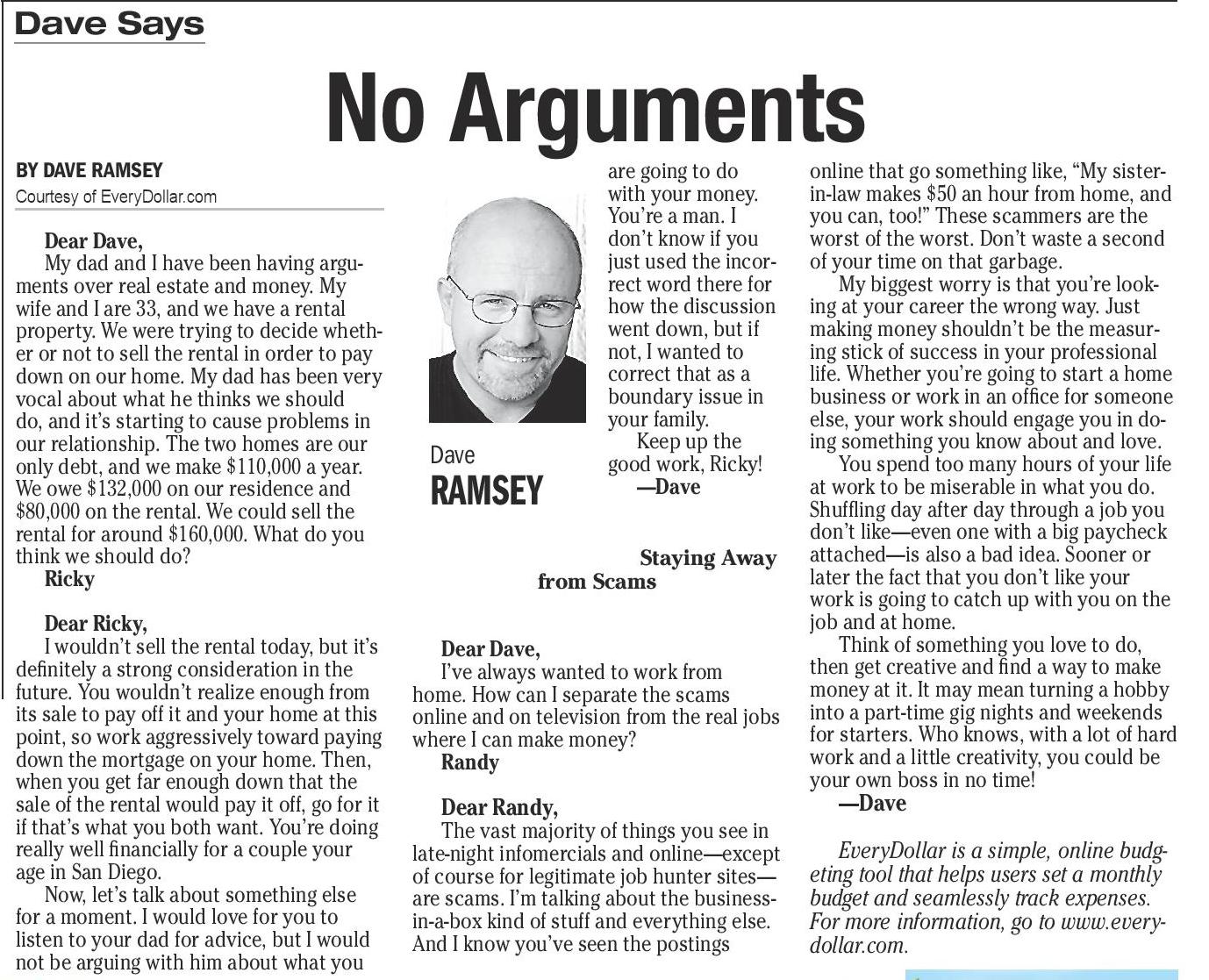
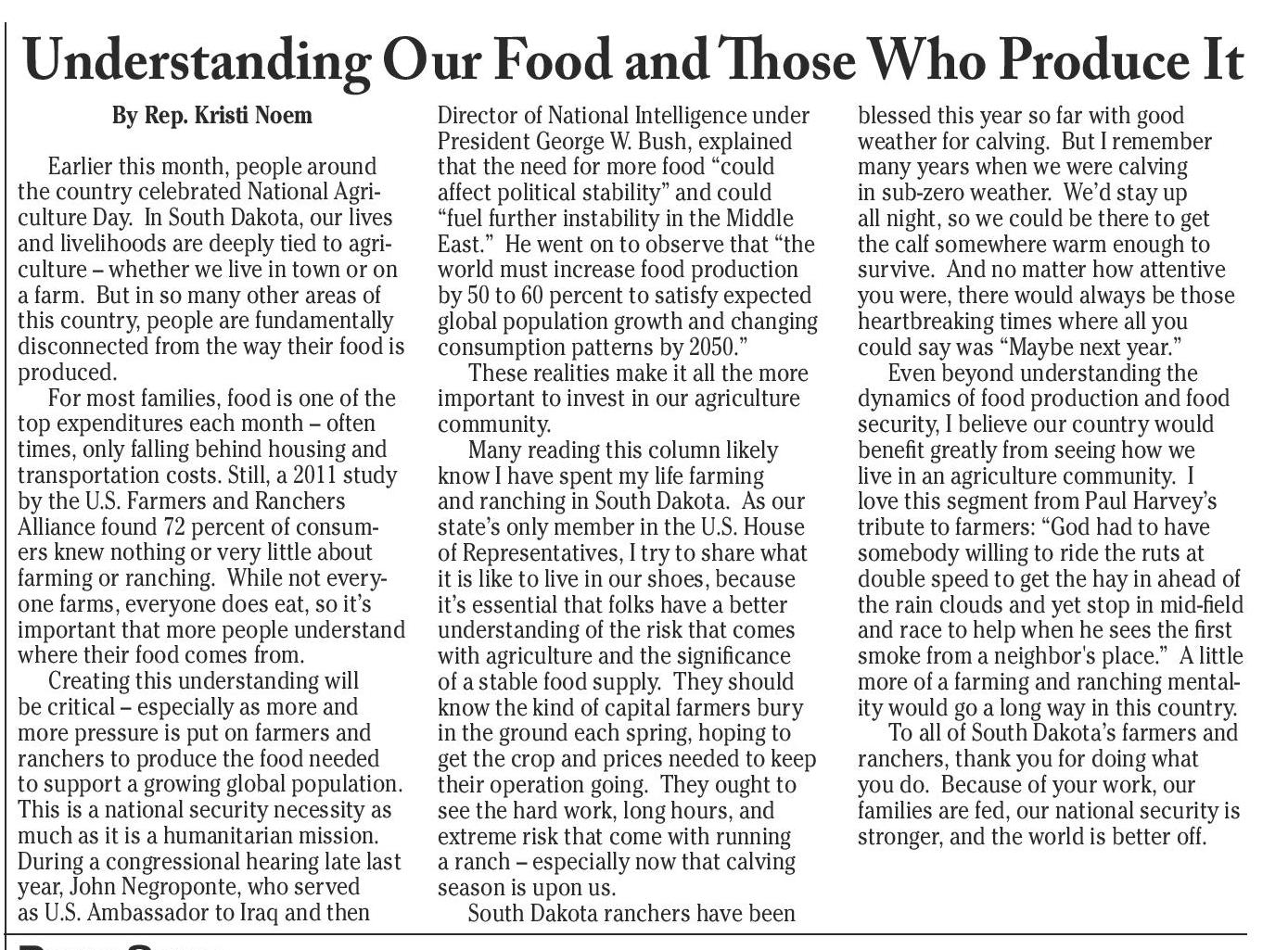
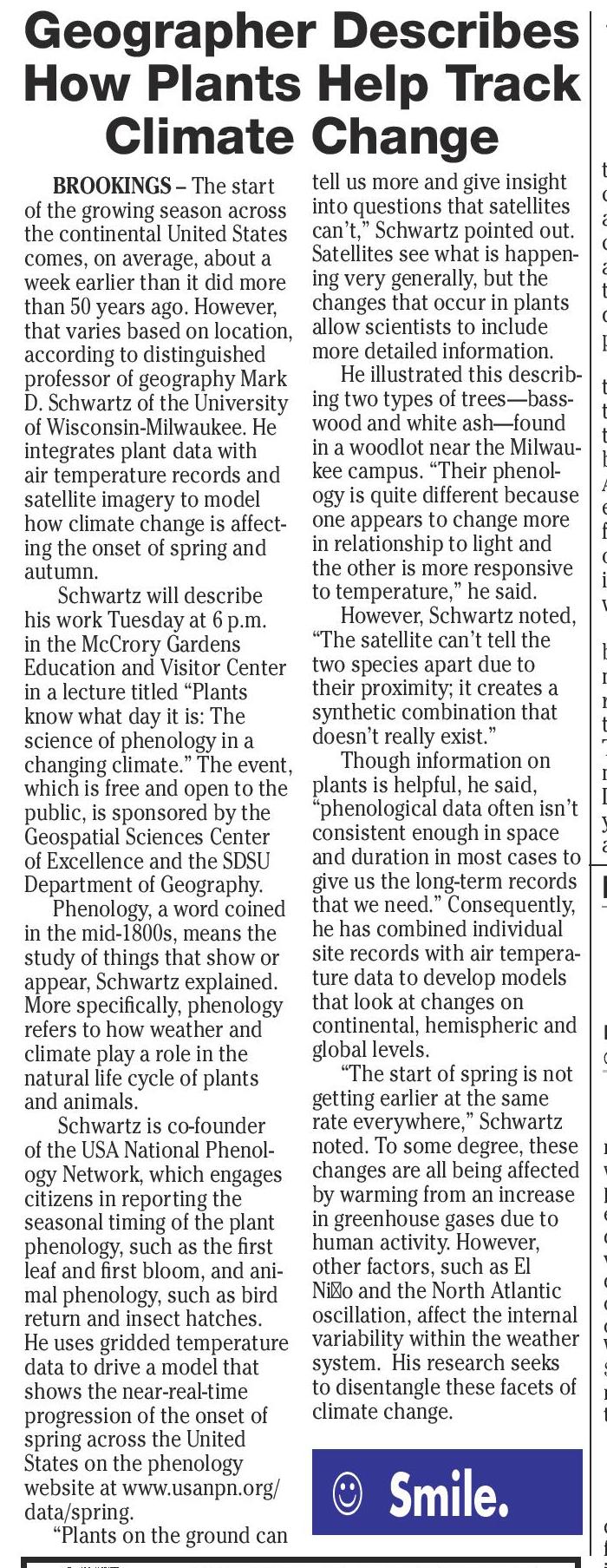


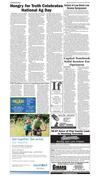

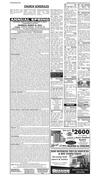
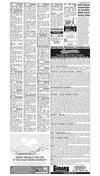



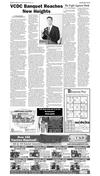
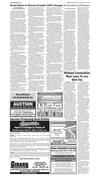


 Previous Page
Previous Page






